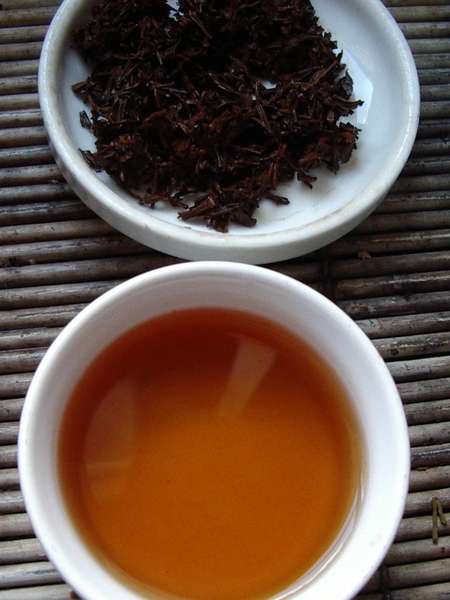
Fruits such as apricots cherries peaches and dates also contain tannic acid as well. In the green freshly harvested tea leaf their flavor is mouth-puckeringly bitter and.

Tannins found in tea are thearubigins.
Does tea contain tannic acid. Tea does not contain any tannic acid. This myth stems from confusion between tannins a broad class of compounds and tannic acid a specific type of tannin. Tea contains tannins other than tannic acid.
Does green tea have tannic acid. Tannic acid is a specific type of tannin which is a phytochemical found in certain types of teas. While all types of teas and coffee contain tannin not all of them contain tannic acid.
Green tea does contain the phytochemical so it is a good choice. Specifically tannic acid is a vasoconstrictor. In the case of tea the tannins are mostly a type called catechins which arent used to make tannic acid.
In the green freshly harvested tea leaf their flavor is mouth-puckeringly bitter and. There is no tea with the most tannic acid because tea does not contain tannic acid. Tea contains tannins which are commonly confused with tannic acid and black tea contains the most tannins.
Tannic acid is made from one specific tannin but it is not a tannin that is found in tea. Tannins found in tea are thearubigins. Teas that contain a high concentration of tannin such as black and green tea are usually bitter in taste but are also strongly astringent.
Tannin gives tea their anti-oxidative benefits. There are several types of tannin and the one most commonly found in tea are thearubigins which can further be classified into theaflavins. While some tannins acts as antioxidants and can help combat inflammation protect your heart health and reduce your risk of developing cancer others like tannic acid act as anti-nutrients interfering with the way certain minerals like iron are absorbed.
Most teas contain tannins but some types of teas have higher amounts than others. Green tea is another product that contains a rich concentration of tannic acid. According to the Industrial Toxicology Research Centre in Lucknow India the presence of tannic acid in green tea has been proven to have antioxidant benefits by inhibiting the production.
Fruits such as apricots cherries peaches and dates also contain tannic acid as well. English walnuts black walnuts and cashews also have tannic acid. Certain berries such as blueberries blackberries and strawberries.
Chocolate tea and coffee. Spices such as cinnamon cumin oregano and turmeric. And apple juice all contain tannic acid.
Tea contains tannic acid which becomes bitterer as the tea is steeped. Depending on the type tea has a pH ranging from 40 to 60. Ginger tea and green tea are.
There are many beverages that contain tannins with the most common sources being red wine and tea. In general the more sour a tea tastes the more acidic its likely to be. But a Turkish study did discover that fruit teas which tend to be sweet are more acidic than herbal tea.
Although tea does contain tannin-type substances these do not function as a tanning agent for example where tannic acid is used for the tanning of leather. Specific type of tannin. Green Tea contains more of these substances 30-42 of the extractable solids than Black Tea or Oolong Tea.
Oolong Tea has 8. Tannic acid is a specific type of tannin which is a phytochemical found in certain types of teas. Tannic acid should not be confused with the generic term tannin.
While all types of teas and coffee contain tannin not all of them contain tannic acid. Green tea does contain the phytochemical so it. Other types of tea including green tea white tea and oolong tea are also made from the same plant as black tea known as Camellia sinensis.
They generally contain different types of tannins. Factors like steeping time and the degree of fermentation affect the tannin content in tea. All teas contain tannic and gallic acids that can interfere with the absorption of the nonheme iron found in leafy green plants.
What does pathetic excuse for a man mean. Why is Earl GREY tea bad for you. Tea is regarded a delicious aromatic stimulant worldwide.